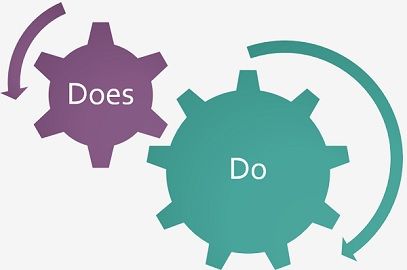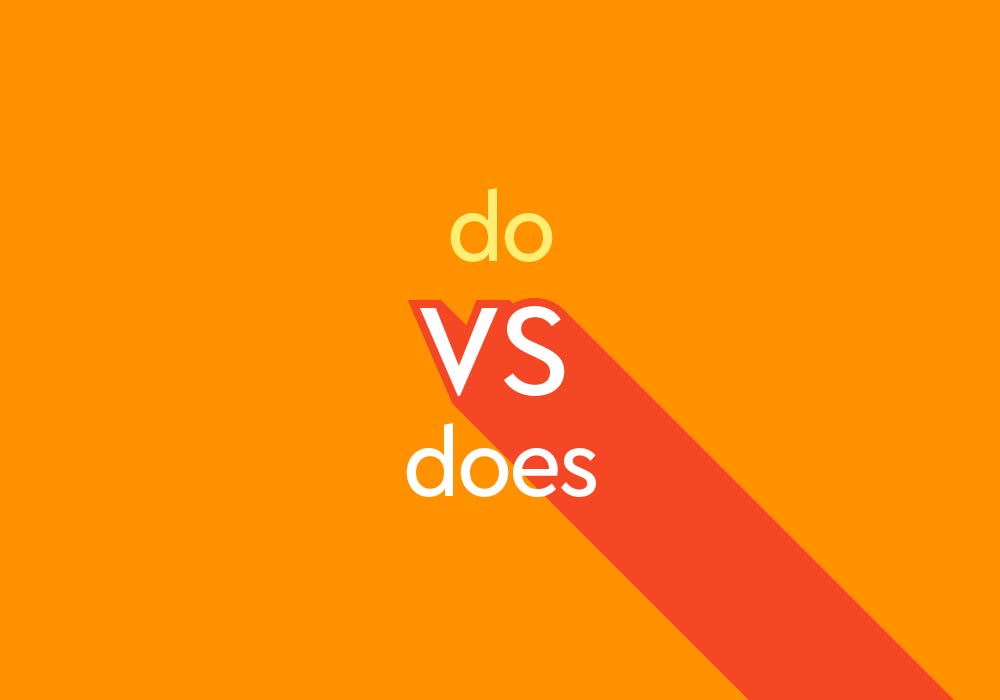Have you ever wondered how to say "Simon" with that lovely French flair? It’s a common question, and getting it just right can make a real difference in how you connect with French speakers, you know? It’s more than just a name; it’s a little piece of the language itself, and understanding its true sound is, well, pretty cool.
For many English speakers, a name like "Simon" seems straightforward enough. It’s familiar, after all. Yet, the French pronunciation holds some rather distinct sounds that aren't quite found in English. It's a subtle dance of the tongue, the lips, and even the nose, that truly captures the name's native charm. Getting this right is a small step, but it shows a lot of thought and respect for the language and its people.
So, we're going to explore the precise way to say "Simon" in French, breaking down each part so you can sound more like a native speaker. We'll look at the specific sounds, common slip-ups, and how to practice them, because, you know, practice really helps. It’s about more than just words; it’s about making a genuine connection.
Table of Contents
- Why Getting French Names Right Matters
- Breaking Down "Simon" in French: The Sounds
- Putting It All Together: Step-by-Step Pronunciation
- Common Pitfalls for English Speakers
- Tips for Mastering French Pronunciation
- The Name Simon: A Little Background
- People Also Ask
- Making Your French Sounds Shine
Why Getting French Names Right Matters
Getting someone's name right, especially in another language, is a pretty big deal. It's a small gesture, but it carries a lot of weight. It shows you've put in a little effort, and that you care about communicating well. This is true for any name, of course, but for names in French, there are some very specific sounds that make all the difference.
Respect and Connection
When you say someone's name correctly in their native tongue, it's a clear sign of respect. It shows you value their language and their culture. This can really help build a stronger connection, whether you're meeting someone new or just trying to chat with a French friend. It makes people feel seen and heard, and that’s a good thing, you know?
Think about it: how do you feel when someone mispronounces your name repeatedly? It can be a little frustrating, or perhaps a bit alienating. So, taking the time to learn the proper way to say "Simon" in French is a thoughtful step that can open doors and create warmer interactions. It's a very human way to connect.
Cultural Bridge
Learning how to say names correctly is also a way to build a bridge between cultures. It’s a small piece of language learning that helps you understand the sounds and rhythms of French. Every language has its own unique melody, and names are often a key part of that. By mastering a name like "Simon," you're not just learning a word; you're getting a feel for the language's very essence, you know?
This deeper appreciation for sounds can help you with other French words and phrases too. It’s like getting a little key to unlock more of the language. And, arguably, it makes speaking French a bit more enjoyable, too, when you can really make those sounds sing.
The 'Action' of Speaking Well
Learning to say a French name well is, in a way, about *doing* it right. My text reminds us that when you 'do' something, you take some action or perform an activity or task. It's about putting effort into the sound, just like doctors 'do' their work with a whole-person approach, as my text mentions about DOs. The care you put into the sound, that's the action.
It's also a bit like understanding different forms or uses of a word. My text talks about how "do" can be an auxiliary verb or a word for an action. Similarly, the name "Simon" has a familiar look, but its French sound is a different 'form' that requires specific actions from your mouth. Getting it right is a precise action, and that precision shows a lot of care, doesn't it?
Breaking Down "Simon" in French: The Sounds
To really get "Simon" right in French, we need to break it down into its individual sounds. This name has two main parts, and one of them is particularly important for that authentic French touch. Let’s look at each sound carefully, because, you know, every little bit helps.
The "S" Sound
The "S" in "Simon" is pretty much like the "s" in English words such as "sun" or "sit." It's a crisp, unvoiced sound. Your tongue should be behind your front teeth, and you push air out without vibrating your vocal cords. It’s not a "z" sound, so keep it sharp and clear. This part is fairly straightforward for English speakers, which is nice.
So, when you start to say "Simon," just make that familiar "s" sound, like a gentle hiss. It's the foundation of the name, and getting it right sets you up for the next, more distinct, parts. Just a simple, clear "s," that's all you need to begin.
The "i" Sound
This is where things start to get a little bit different from English. The "i" in "Simon" in French is pronounced like the "ee" in English words like "see" or "tree." It’s a high, front vowel sound. Your lips should be spread slightly, and your tongue should be pushed forward and high in your mouth, almost touching your upper side teeth. It’s a very bright sound, you know?
It's crucial not to pronounce it like the "eye" in "my" or "bike." That's a common mistake for English speakers. Think "S-ee," like the beginning of "see-mon." Keep that "ee" sound pure and consistent, and you'll be well on your way to sounding more natural. It's a simple sound, but it needs to be precise.
The "m" Sound
The "m" sound in "Simon" is quite similar to the English "m" in "man" or "mother." It’s a voiced sound, meaning your vocal cords vibrate, and your lips come together to block the airflow, which then releases through your nose. This part, too, should feel pretty familiar and easy to make for most English speakers.
So, after you make that "ee" sound, just close your lips gently to produce the "m." It's a smooth transition, and it prepares you for the most uniquely French part of the name, which is coming up next. Just a straightforward "m," nothing fancy needed here, really.
The "on" Sound: The Nasal Vowel
This is the most distinctive and, for many, the trickiest part of "Simon" in French. The "on" is a nasal vowel. It's not pronounced like the English "on" in "on top" or "gone." Instead, it's a sound where the air comes out through both your mouth and your nose simultaneously. Your mouth forms an "o" shape, but your soft palate lowers, allowing air to escape through your nose. It’s a very specific feeling.
To make this sound, try saying an "o" as in "go," but then, without closing your mouth, try to hum a little bit, letting the sound resonate in your nasal cavity. Your lips should be rounded, and your tongue should be somewhat flat in your mouth. It’s a deep, rich sound, and it’s what gives "Simon" its true French character. It takes a little practice, but it's totally doable.
A good way to practice is to try to say "bon" (meaning "good" in French) or "nom" (meaning "name"). Notice how the "n" isn't fully pronounced as a distinct consonant; instead, it blends into the vowel, making it nasal. This "on" sound is crucial for the correct pronunciation of "Simon." You can find many resources online that demonstrate French nasal vowels, which might be helpful. For instance, a site like Lawless French offers great explanations and audio examples for these sounds, which is pretty neat.
Putting It All Together: Step-by-Step Pronunciation
Now that we've broken down the individual sounds, let's put them together to say "Simon" with confidence. It’s a bit like building something, piece by piece, you know?
Starting with "Si"
Begin with the "Si" part. Remember, it's the "s" sound followed by the "ee" sound. So, say "S-ee." Make sure your lips are spread for the "ee" and that it's a bright, clear sound, not like the English "eye." Practice just this first syllable a few times: "S-ee," "S-ee." Get comfortable with that initial sound, because it’s the gateway to the rest of the name.
It should feel natural and light, without any extra effort. Just a smooth, flowing "S-ee." This is a pretty important first step, as it sets the tone for the rest of the pronunciation. Take your time with it, really.
Adding the "mon"
Next, attach the "mon" part. This is where the nasal vowel comes in. After the "S-ee," transition smoothly into the "m" sound, and then immediately into the nasal "on." So, it's "S-ee-m-on." Remember that the "n" is not a hard "n" sound like in English; it just signals that the vowel before it is nasalized. The air should flow through your nose as you say the "on" part.
Your lips should round for the "on" sound, and you should feel a vibration in your nose. Practice "mon" by itself a few times, focusing on that nasal quality. It's a bit like saying "mo" but with air coming out of your nose at the same time. This takes a little getting used to, but it's totally achievable.
Practicing the Flow
Now, try to say the whole name, blending the two parts together: "S-ee-mon." The key is to make it flow smoothly, without any pauses between the syllables. French pronunciation often has a very fluid quality, and names are no exception. Try to keep the rhythm even and consistent.
Say it slowly at first, focusing on each sound, and then gradually speed up as you get more comfortable. Imagine you are gently guiding the sound out. It's a bit like a musical note, really, where each part blends into the next. You'll find that with a little repetition, it starts to feel very natural, you know?
Common Pitfalls for English Speakers
Even with careful instruction, English speakers often fall into certain habits when trying to pronounce French words. Being aware of these common slip-ups can help you avoid them and sound more authentic. It's pretty common to make these mistakes, so don't feel bad if you do.
The English "eye" Sound
One of the most frequent mistakes is pronouncing the "i" in "Simon" like the English "eye" sound (as in "my"). This makes the name sound like "Sigh-mon," which is incorrect in French. Remember, the French "i" is always a bright "ee" sound. So, consciously aim for that "ee" sound every time you say "Simon." It's a subtle but very important distinction.
It's a very common habit to bring our native sounds into new languages, so just being aware of this particular difference can make a big impact. Keep that "ee" sound at the front of your mind, and you'll be on the right track.
The English "on" Sound
Another common pitfall is pronouncing the "on



